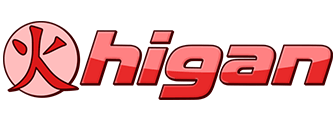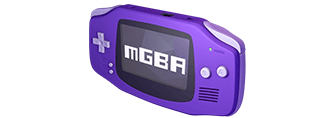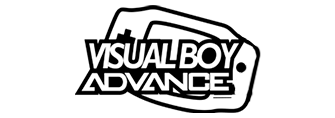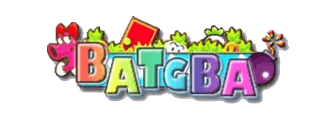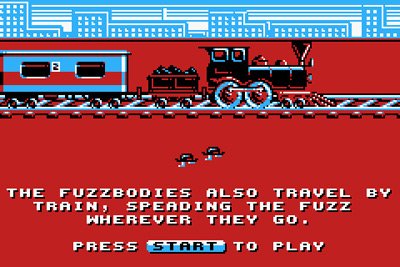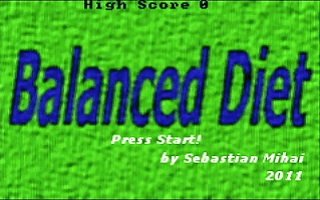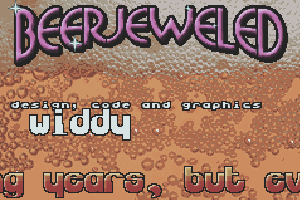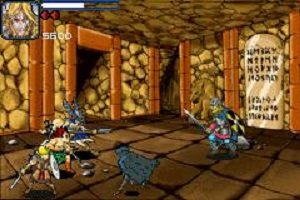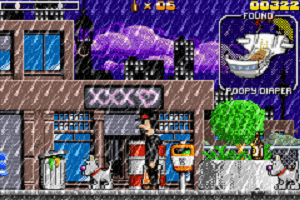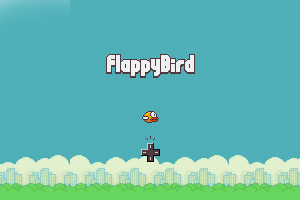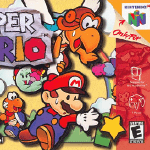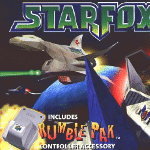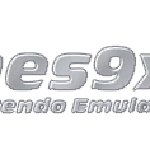Game Boy Advance
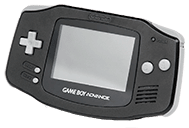
GBA Specifications
The Game Boy Advance, often abbreviated to GBA is the successor to the Game Boy Color. The hand held console managed to hold on to Nintendo’s reign as being the top hand held console seller. This is in part due to the Game Boy Advance selling over 81.51 million units.
Much like its predecessor, the Game Boy Advance retained backwards compatibility support, this allowed the console to support both Game Boy Color and Game Boy games. This gave the Game Boy Advance a superb library of high quality and well made games right off the bat. Making it an easy choice for those who have yet to buy a hand held or are thinking of replacing their Game Boy Colour they can still retain their library of games.
The Game Boy Advance saw two redesigns, the first of these was the Game Boy Advance SP. This saw the console move to using the clamshell design that is now present in the Nintendo DS. It also introduced a backlight to the consoles design allowing it to be played much better under different lighting conditions and also allow the colours to appear more vibrant.
The second of these was the Game Boy Micro. This was essentially a much smaller version of the Game Boy Advance. It however also meant that it lacked a major feature of the Game Boy Advance. This being its backwards compatibility. It however still had some of the feature improvements that the SP introduced such as the backlight.
The Game Boy Advance truly set Nintendo as the company to beat in the handheld console market, and has managed to remain king of the market ever since.
Advertisement
GBE Plus is a GBC emulator strives to offer as many enhancements as possible, even adding the ability for a user to replace certain sprites from within games. Also, GBE Plus provides stable and accurate emulation of the Game Boy Color.
higan is the most advanced emulator available for the SNES. Unlike most emulators, higan focuses on emulation accuracy at the cost of performance.
mGBA while being a new GBA emulator to hit the web is one of the best, built with portability, speed and accuracy in mind its quickly propped itself up as a GBA emulator to look out for.
no$gba is the first GBA Emulator to offer support for multiplayer link. It is regarded as a highly capable emulator for the GBA while also being one of the best Nintendo DS Emulators around.
Visual Boy Advance (VBA) is a popular open source emulator that focuses on the GBA, GBC and the original Game Boy. It is one of the fastest emulators for the Game Boy Color but in turn sacrifices emulation accuracy.
BatGBA is a once promising emulator that has sadly been long put to rest, it required the GBA Bios to be able to emulate some games but had begun work on trying to emulate all required functions within BatGBA itself.

